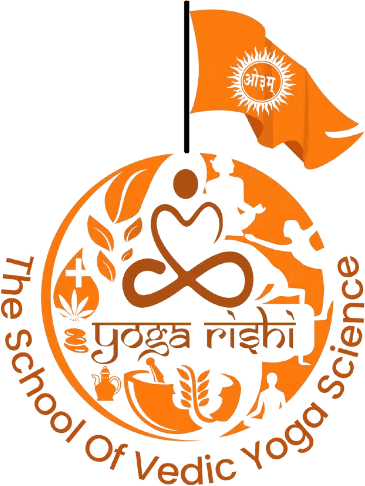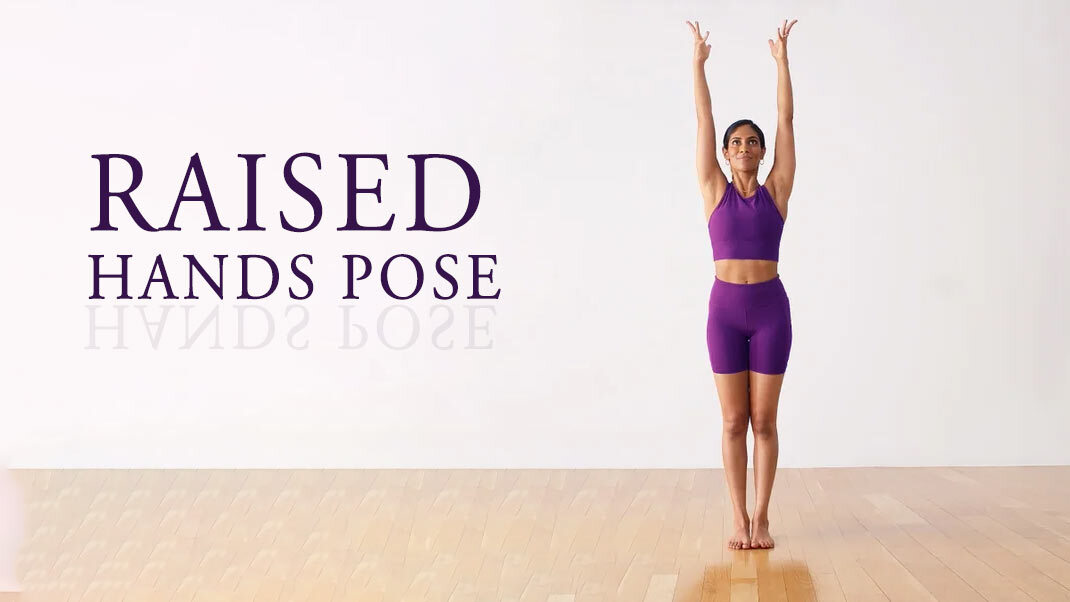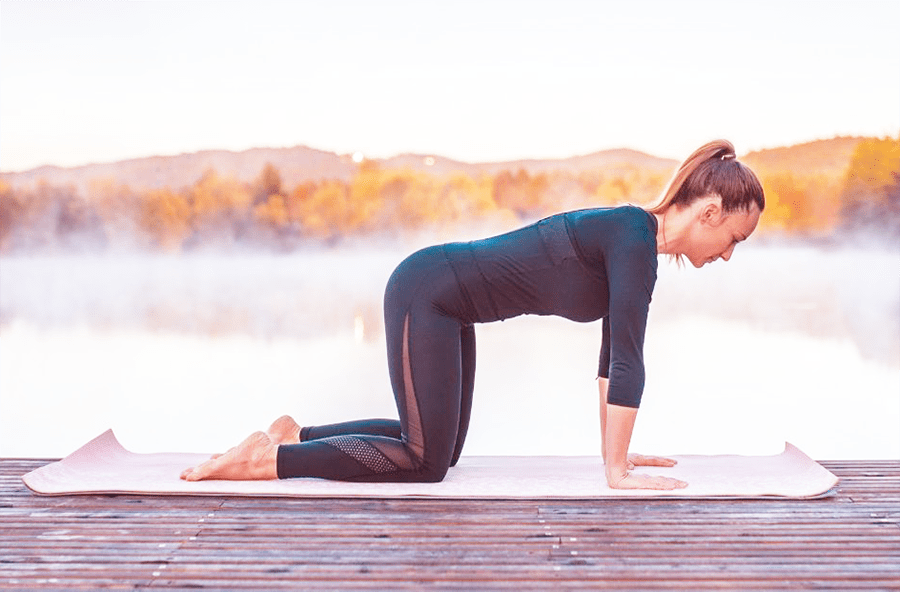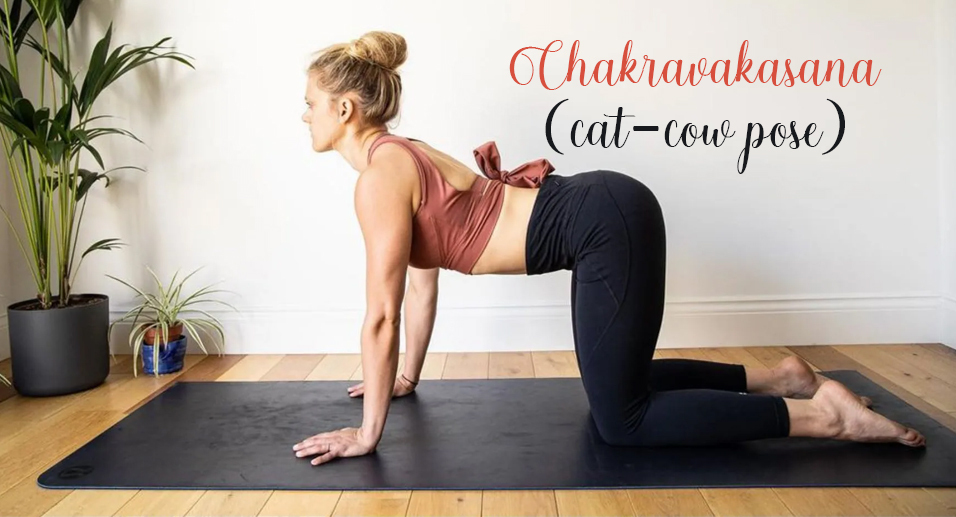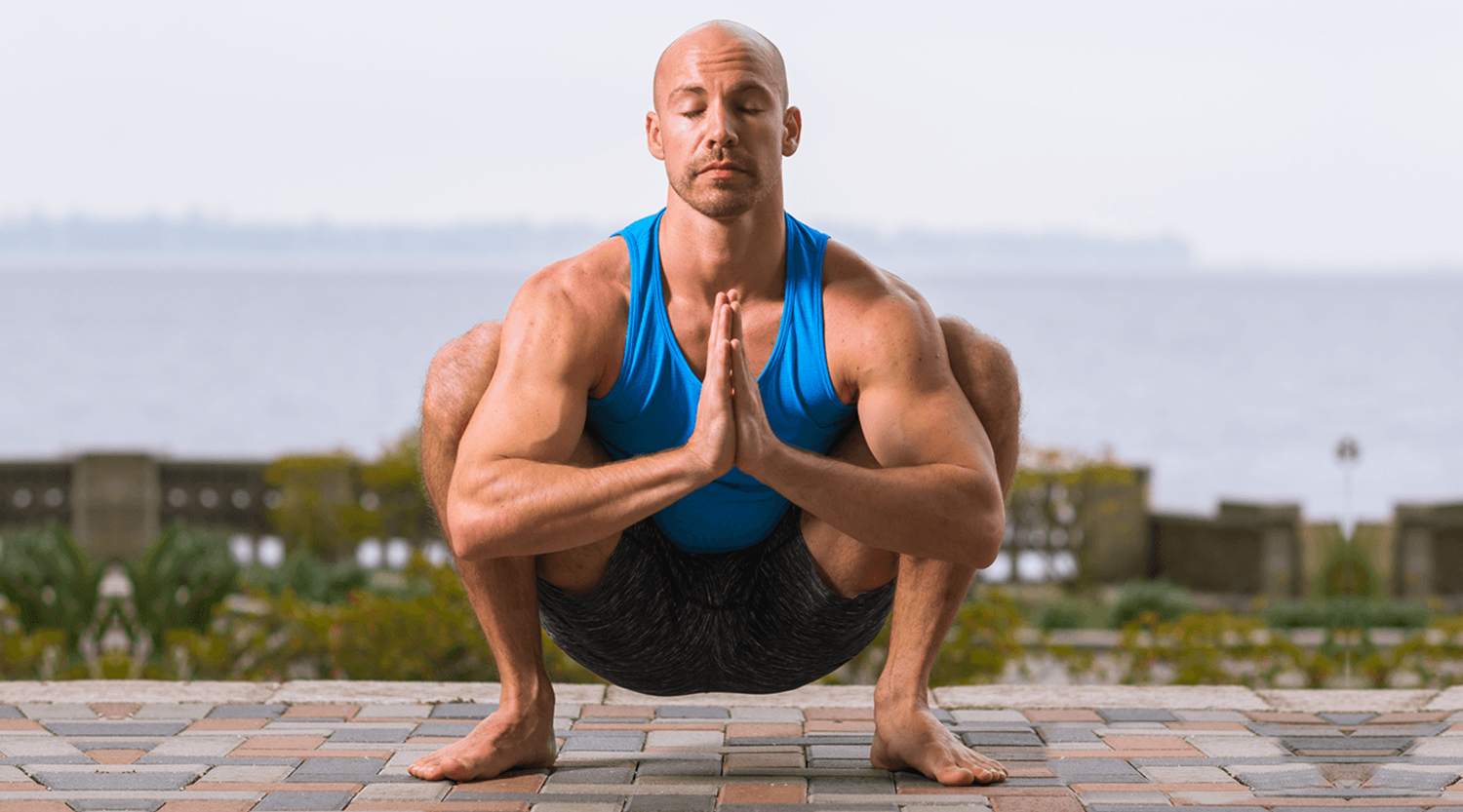
Improve Digestive System and Release of Toxins with the Help of Malasana
Introduction:
The digestive system has been greatly affected by contemporary lifestyle, which has an effect on people’s overall wellness and health. The rushed snacking and intake of fast meals that are heavy in carbohydrates, fats, and processed components are often brought on by the rapid pace of modern living. Due to the fact that certain meals might be more difficult for the digestive system to handle effectively, this change has led to an increase in digestive problems such as gas, indigestion, and acid reflux.
Additionally, digestion has suffered from a growing number of sedentary habits linked to contemporary lifestyle. Reduced movement and extended periods of sitting can decrease the body’s metabolism and impair the function of the digestive system.
Stress, an additional characteristic of today’s way of life, has an immense effect on the digestive system as it may give rise to illnesses like irritable bowel syndrome (IBS) along with other problems with digestion.
Yoga is essential to preserving the tone and functioning of the digestive muscles, which facilitates the effortless movement of food through the gastrointestinal system. The Malasana yoga pose is effective in enhancing digestion and getting rid of waste. By gently squeezing the belly and caressing the internal organs, it aids in stimulating the digestive system. This can facilitate digestion, ease constipation, and enhance gut health in general.
Let us Know About Malasana- The Garland Pose:
It is additionally referred to as the Garland Pose as well as Yogic Squat. It’s a position when you kneel down with both of your feet together and your heels firmly planted on the ground. Additionally, it activates the sacral chakra, particularly is linked to creativity & sexuality.
The hips, groin area, and lower back can be stretched and opened, the legs and core muscles can get stronger and more stable, and the ankles along with knees can become more flexible thanks to this position. Malasana benefits the digestive system as well. This position is frequently advised as an all-natural technique to promote regular bowel movements and treat constipation.
Malasana is a popular pose that may be altered to accommodate different degrees of flexibility. It’s crucial that you approach the posture mindfully, pay attention to your body, and avoid overloading yourself.
Steps to Perform Malasana:
The directions for Malasana yoga pose are as follows:
- Place your feet approximately shoulder-width apart as you stand.
- Rest your heels on the flat surface as you kneel down with bent knees.
- Put both of your hands at the base of your heart jointly in a prayer position.
- To assist you stoop even lower, push your elbows firmly against the backs of your knees.
- Maintain an upright back and a tight core.
- For as long as it is convenient for you, hold your position for a few moments.
- Gently straighten out your legs and rise up to exit the position.
Here are some modifications for Malasana pose:
- You can use a block inside your thighs to assist expand the hips if they are tightly closed together.
- If you’re experiencing knee pain, you may maintain your knees bent just slightly.
- You can lean on a chair or the wall for support if you struggle with maintaining your balance.
Advantages of Doing Malasana:
The Garland Pose, or Malasana yoga, has several benefits for the body and general wellbeing. The following are some advantages of using this pose in your routine:
- It includes squatting, which may activate the digestive system and promote good digestion while easing symptoms like constipation and feeling full.
- It assists in helping to loosen up the hips, groin, as well as inner thighs. These regions’ elasticity, hip mobility, and stiffness can all be improved by doing this.
- The quadriceps, hamstrings, and calves of the legs are worked when performing the squat. Over the course of time, this may result in increased lower body strength and steadiness.
- As you attempt to move your heels nearer to the the surface, your ankles and knees become more flexible. Those who have stiffness in these regions may benefit from this in specifically.
- Malasana might aid in enhancing lower-body blood flow, which would be advantageous for cardiovascular health generally.
- It aids in toning and strengthening your core and abdominal muscles.
- This asana’s emphasis on mindful breathing and grounding may have a soothing impact on the neurological system, fostering relaxation and lowering tension and anxiety.
- It can help expand the pelvis and consolidate the pelvic floor muscles, both of which are crucial for birthing, therefore it is occasionally advised to pregnant women.
- It promotes a straight and extended spine, that may lead to better posture.
- It strengthens the mental and physical bond while encouraging attention and self-awareness.
- To increase flexibility and convenience, maintaining the posture could take some practice. This element of the practice may foster perseverance as well as patience.
Who should Avoid Malasana?
Although Malasana benefits in several ways, there are many circumstances in which people should exercise caution or entirely refrain from the pose:
- If you’ve ever suffered from knee or ankle issues.
- Those with recent or ongoing knee or ankle problems.
- People who have extremely tight hips should practise this pose gently and without using too much force, since doing so risked causing pain or harm.
- Lower back problems sufferers should choose the modified position.
- Pregnant women should use precautionary measures, particularly as the stages of pregnancy progress.
- If you’ve just undergone surgery on your abdomen, hip, knee, or ankle, Malasana pose could put pressure on the tissues that are still recovering.
- Those who suffer from chronic inflammatory bowel disease (IBD) or irritable bowel syndrome (IBS).
- If you suffer from excessive blood pressure or a cardiac problem.
- If you have ever had joint inflammation, especially in your ankles or knees.
Conclusion:
In conclusion, using Malasana yoga in a daily practice can help with improved abdominal relaxation and a healthy digestive system. Prior to practicing Malasana, it’s beneficial to speak with a trained instructor or medical professional if you’re not so familiar with the practice of yoga or have special health problems.

